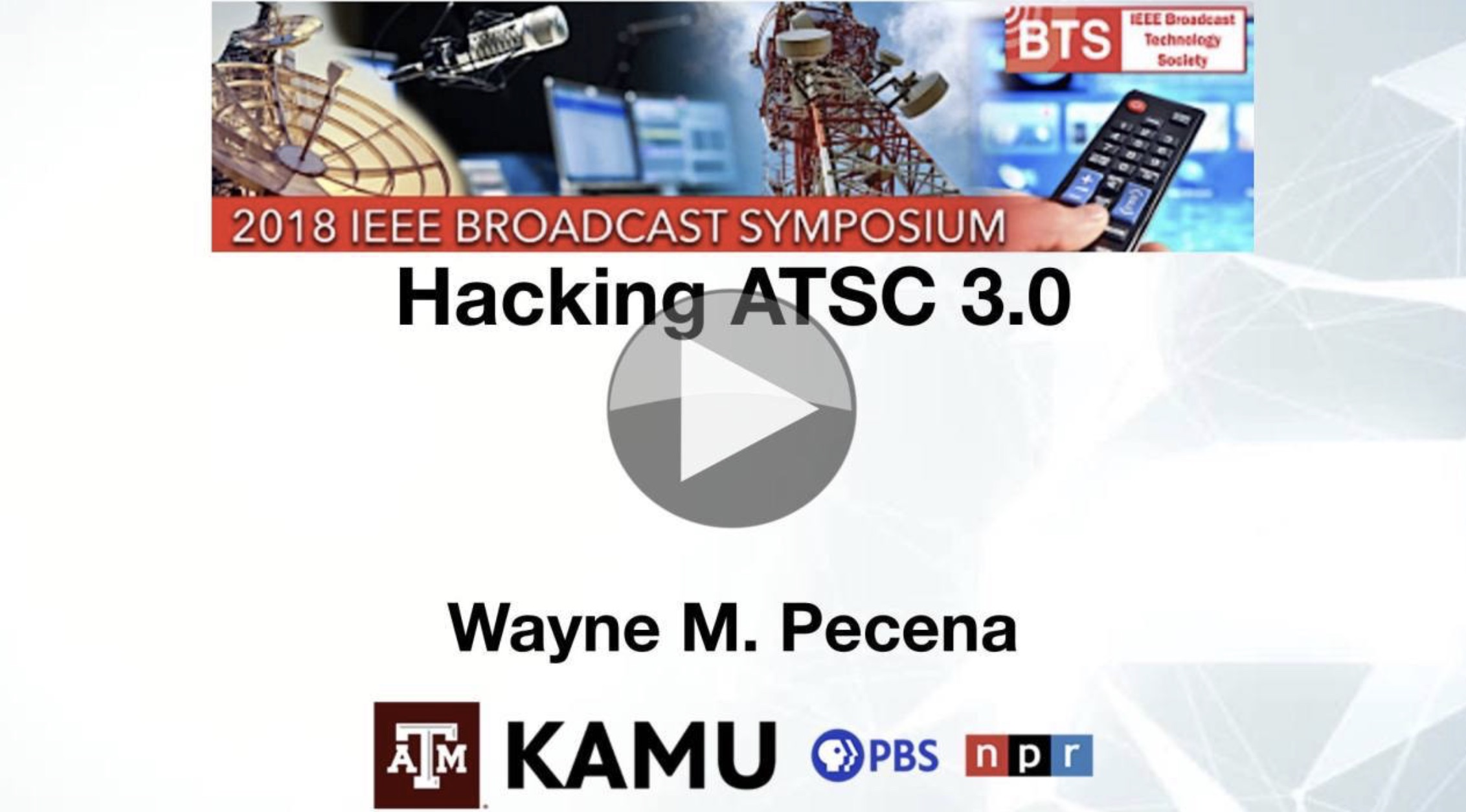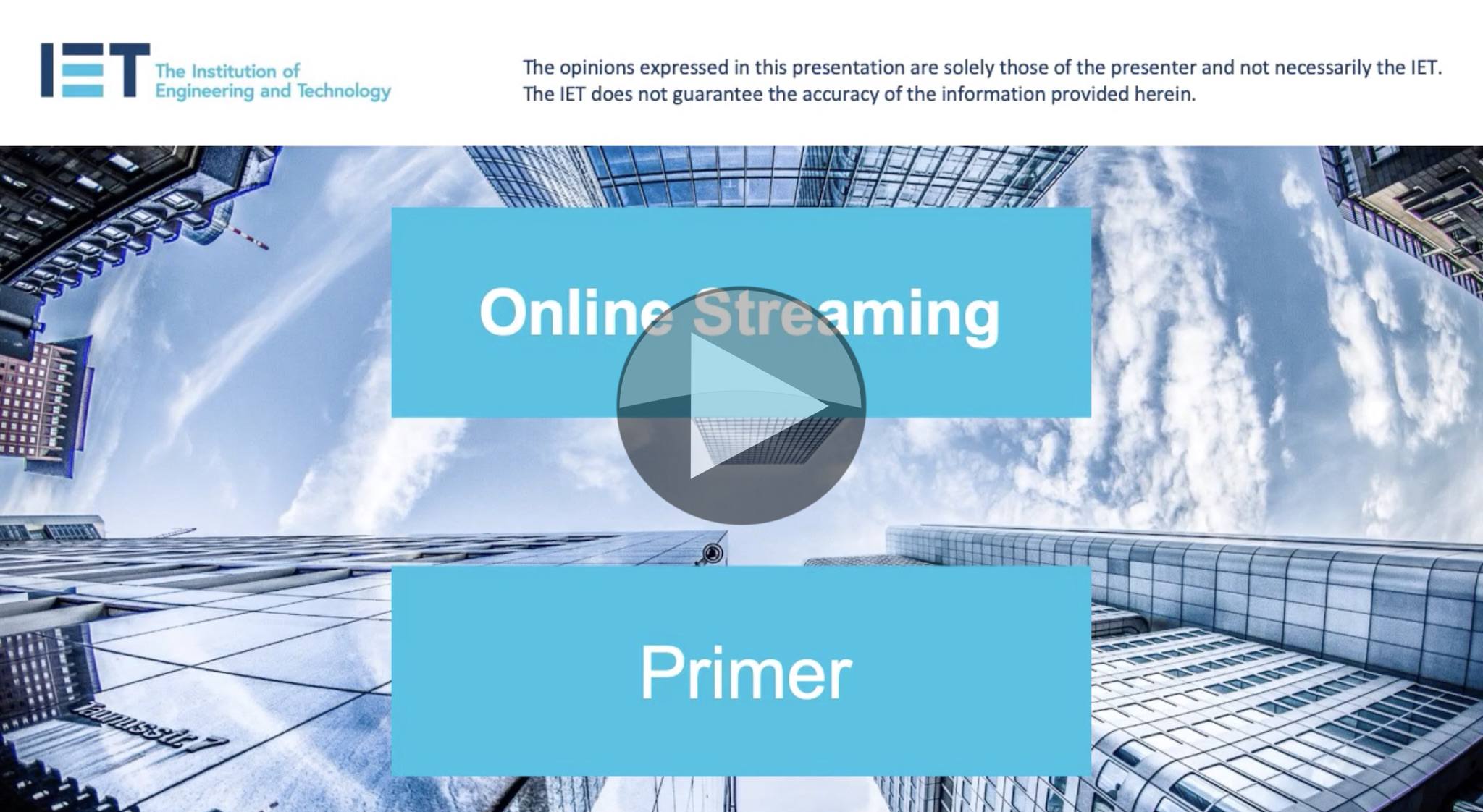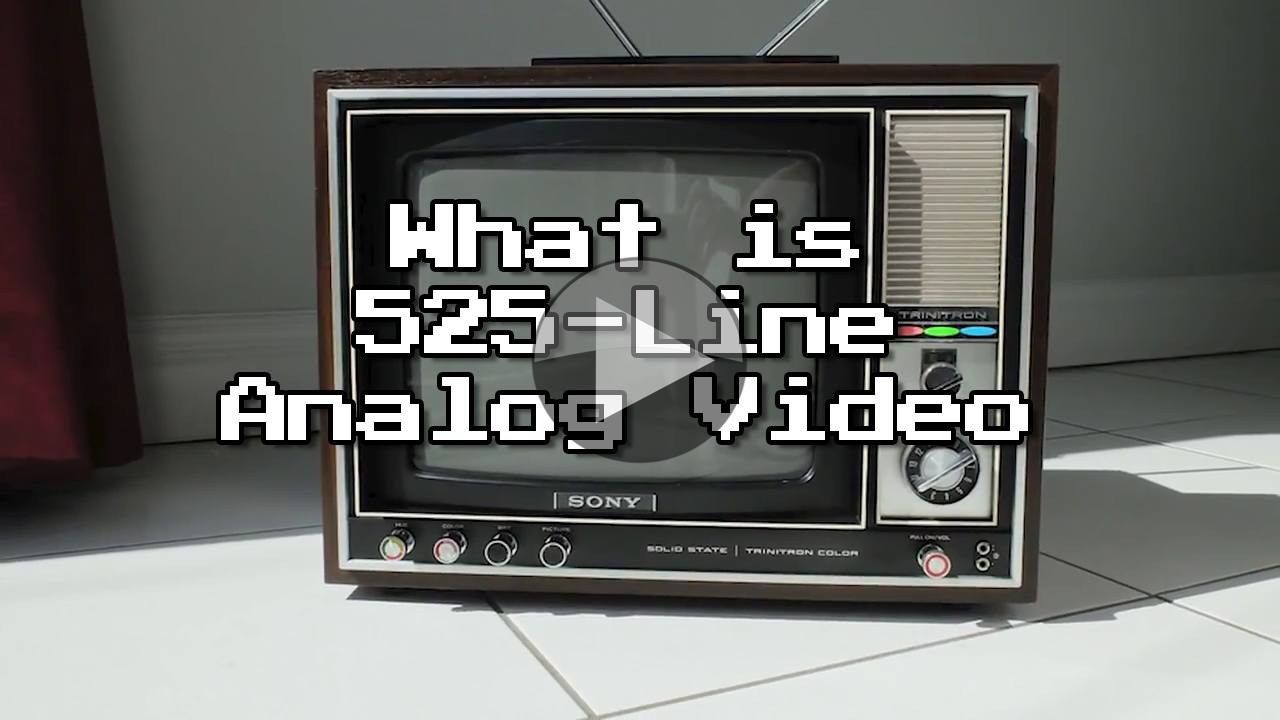ATSC’s effort to bring IP into over-the-air broadcast has been long in the making and its deployment in South Korea along with the ITU’s inclusion of it in it’s list of recommended digital broadcast standards is a testament to it gaining acceptance. But as US broadcasters continue with test broadcasts and roll-outs in 2020, what security problems arise when IP’s included in the mix?
Acting is a great network security primer, this talk from Texas A&M’s Wayne Pecena, explains the premise and implications of creating and maintaining security in your broadcast plant. Starting by documenting the high profile attacks on broadcasters over the years, Wayne hones in on the reasons they should care from the obvious, omnipresent threat of ‘dead air’ to ‘loss of trust’ which is particularly motivating in recent years as we have seen state actors move to influence, not disrupt the normal course of life, in low-key, long-burn persistent attacks.
The talk hinges around the ‘AIC’ triad, comprising confidentiality, integrity and availability which are the three core aspects of data to protect. Integrity involves ensuring that the data are not altered either in transit or, indeed, in storage. Confidentiality revolves around ensuring that access control is maintained at all levels including physical, network-level and application live. Finally availability encompasses the fact that if the data isn’t available to the people who need it, the whole thing is pointless. Therefore supporting the availability side of the triangle includes thinking about redundancy and disaster recovery procedures.
Wayne, who is also the president of the Society of Broadcast Engineers, explains some of the attributes of a secure system which starts with security policies. These are the outer layer of any secure environment detailing how the many other layers of security will be managed and applied. Other aspects of a secure environment are appropriately layered and segmented network design, to limit what is available to anyone who does penetrate part of a system, access controls and logging.
After looking at the IETF and IEEE standards bodies, we see how the standard network models overlay neatly on the ATSC layered model with networking in the centre of them all. This leads in to a brief introduction to ‘IP’ in the sense of the the IP protocol on which are based TCP/IP and UDP/IP, between them central to most network communications around the world.
As we see how a small hole in defences can be slowly changed and enlarged allowing the attacker to move forward and create another hole in the next layer, Wayne talks about the types of security threats such malware, denial of service attacks and, of course, inside threats such as your employees themselves being complicit.
As the talk draws to a close we look at how this plays out in the real world talking through diagrams of broadcasters’ systems and how mitigations might play out on premise before talking cloud security. As the threat model in the cloud is different, Wayne explains the best practices to ensure safety and how these and the other security technologies used on the internet keep ATSC 3.0 secure including TLS secure certificate and the use of DNSSEC
The talk finishes with a look at security in the home whether that be with the myriad of consumer media consumption devices or items from the ‘internet of things’.
Watch now!
Speaker
 |
Wayne Pecena Director of Engineering, KAMU TV/FM at Texas A&M University President, Society of Broadcast Engineers AKA SBE |







